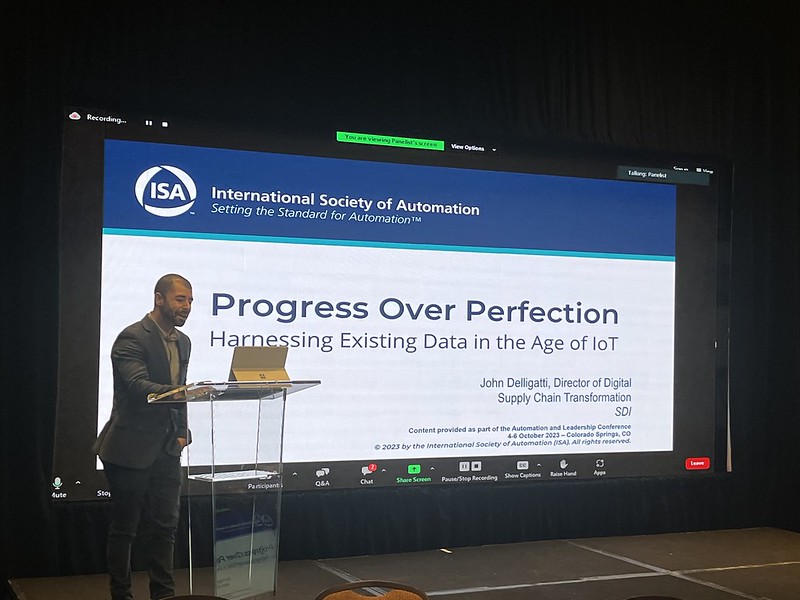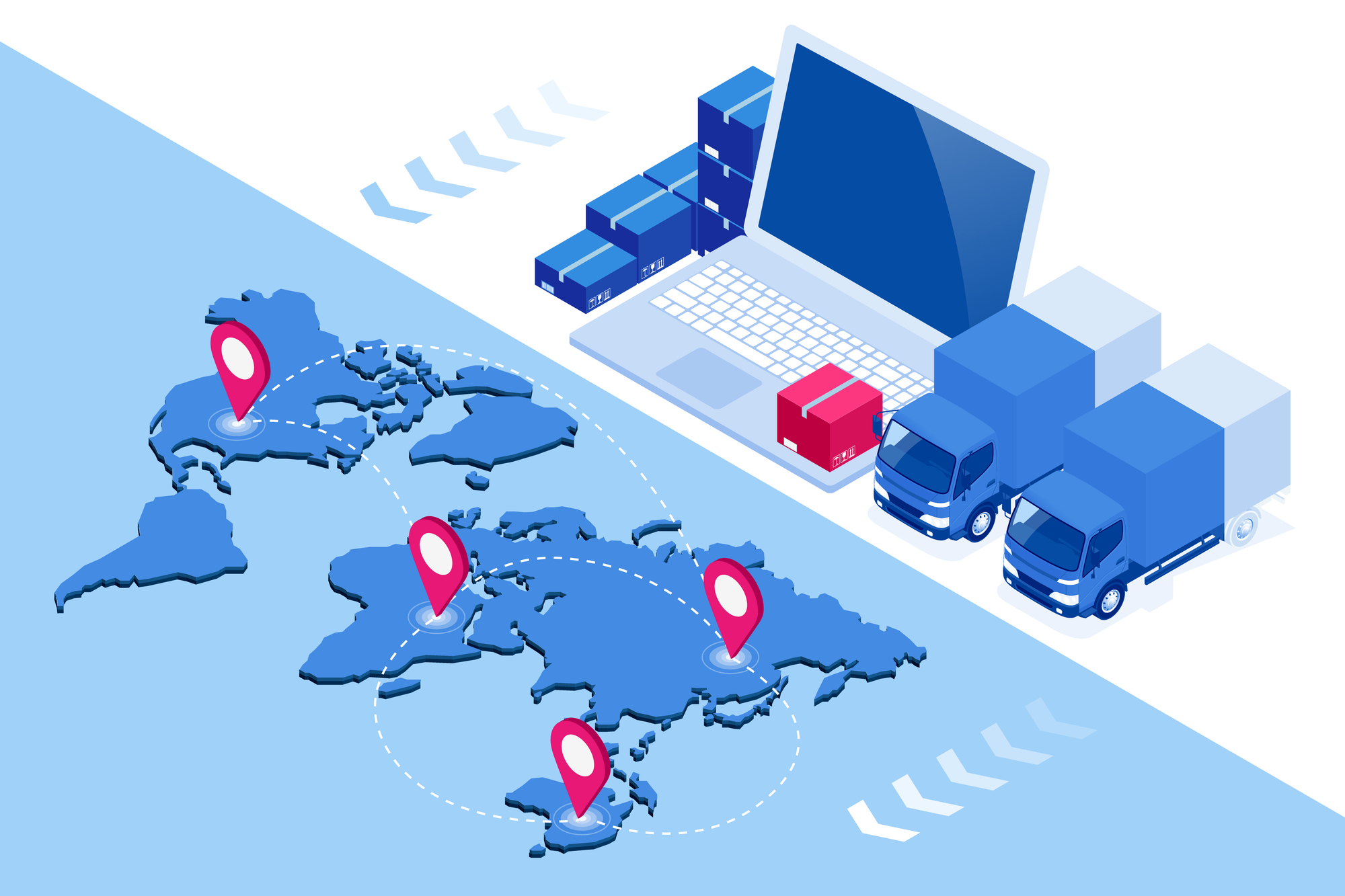The digital landscape continues to rapidly evolve, bringing both opportunities and challenges. As someone passionate about leveraging technology to redefine supply chain management, I had the pleasure of sharing some insights on the exciting data evolution we’re witnessing at the International Society of Automation’s Automation Leadership Conference.
While cutting-edge innovations like IIoT offer immense potential, realizing this potential requires pragmatism. We must balance new technologies with legacy systems, bridge skills gaps, and avoid letting the perfect become the enemy of the good. With this mindset, we can harness the power of often overlooked existing data to drive operational excellence.
The Role and Limitations of IIoT
IIoT is undoubtedly transformative. This cornerstone technology is projected to become a $263.4B market by 2027. By enhancing connectivity, IIoT enables smarter decisions and operations. However, IIoT is not a panacea. Integrating IIoT with legacy systems is complex. Hurdles like security and scalability remain. Not every organization can access or properly implement IIoT across all facilities.
Rather than viewing IIoT as an exclusive solution, we must see it as part of a broader ecosystem. A wealth of solutions beyond IIoT can drive operational excellence. We cannot let IIoT integration struggles deter progress.
Unlocking the Power of Existing Data and Systems
A key overlooked opportunity lies in better utilizing existing data and legacy systems. For example, linking work order and transactional purchase data to asset information enables unprecedented visibility. We can see repair trends, which assets fail most often, and which parts need frequent replacing.

By connecting this data to assets and applying analytics, you gain visibility that drives smarter decisions:
- Predictive maintenance
- Inventory optimization
- Asset lifecycle improvements
- And more!
Enabling Real-Time Monitoring and Alerting
Extracting insights is only the first step. We must enable real-time monitoring and alerts based on these insights. Setting thresholds and alarms allows rapid response to potential issues before escalation. This prevents disruptions, avoids equipment failures, and secures continuity.
Real-time data monitoring is integral, not just beneficial, for operational excellence. It empowers us to anticipate challenges and address them efficiently.
Progress Over Perfection
The core message I want to reinforce is “progress over perfection.” Don’t let the lack of a perfect IoT solution stop you from gaining value from your existing data. Start with the data you have access to today and look for ways to connect, analyze, and act upon it. Stay focused on incremental progress, and you’ll drive major improvements over time.
For more guidance, be sure to download our ZEUS Supply Chain Analytics Guidebook. And feel free to reach out if you want to collaborate – SDI is eager to partner with organizations looking to transform their supply chain management.
Thanks for reading! To dive deeper into these topics, be sure to check out my full presentation. I look forward to continuing the conversation around supply chain optimization.





